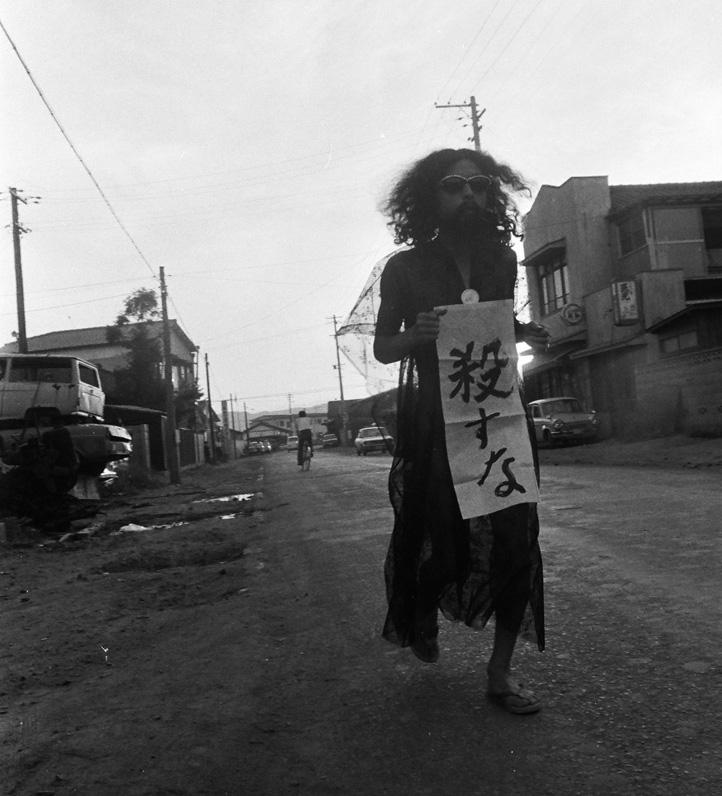The University of Copenhagen will host an international conference about the intersection of art and politics in Japan between 1945 and 1970. With support from the New Carlsberg Foundation, the conference Art & Politics in Postwar Japan is held at the Department of Arts and Cultural Studies on 26-27 May 2016.
There is currently a growing interest in Japanese modernism and contemporary art in Denmark, but so far, the focus has been mainly on aesthetics and less on the impact of political and ideological developments on art. The conference Art & Politics in Postwar Japan therefore aims to examine the complex exchanges between politics, activism and art.
Associate Professor in the Department of Arts and Cultural Studies and conference co-organizer Gunhild Borggreen says,
‘After the end of the Second World War in 1945, Japanese society faced major recovery and transformation. The political reforms included a military alliance with the United States called ANPO, which met with widespread resistance from parts of the Japanese population and stirred mass demonstrations. At the same time, a student uprising emerged in Japanese universities as a revolt against authorities and outdated education systems.’
This eventful period had a profound influence on art and culture, and many of the artists were active in political movements, says Gunhild Borggreen: ‘Experimental and radical art forms emerged, often anti-authoritarian and provocative. Hybrid forms fusing art and activism unfolded in the public space in the form of performances and happenings, often containing explicit political and social comments.’
Among other features, the conference programme includes three keynote presentations by scholar and artist Shimada Yoshiko (JP), Associate Professor in modern Japanese cultural history William Marotti (USA) and KuroDalaiJee, chief curator at Fukuoka Asian Art Museum (JP).
For additional information, see the conference website:
